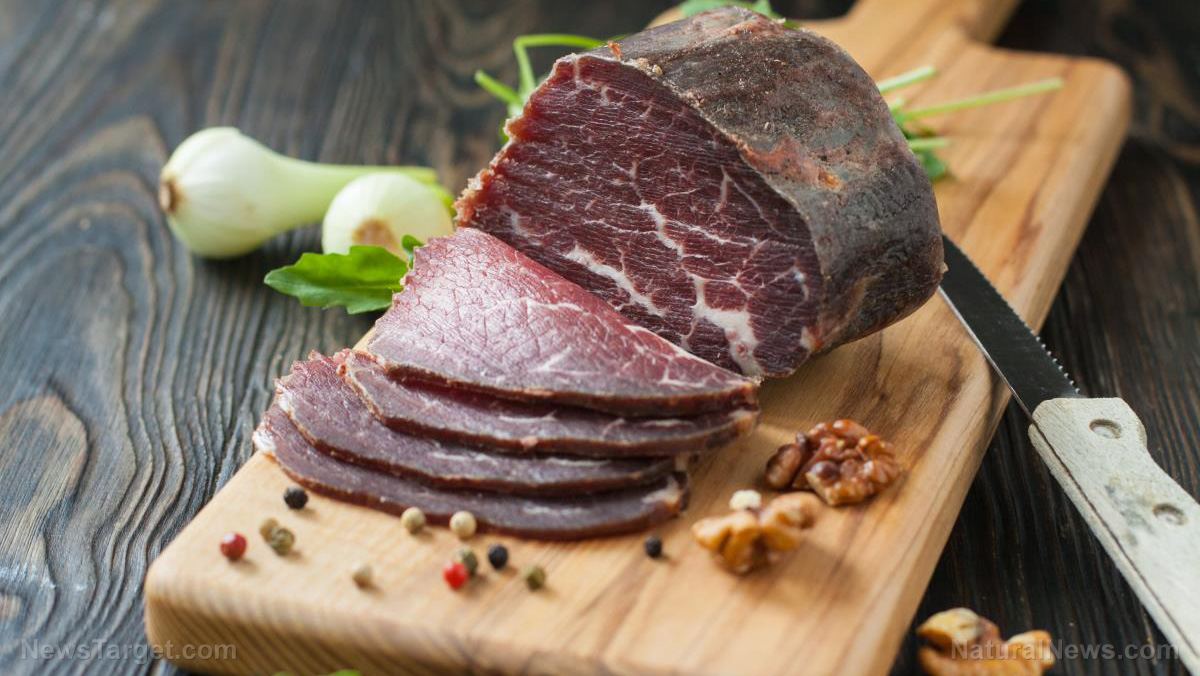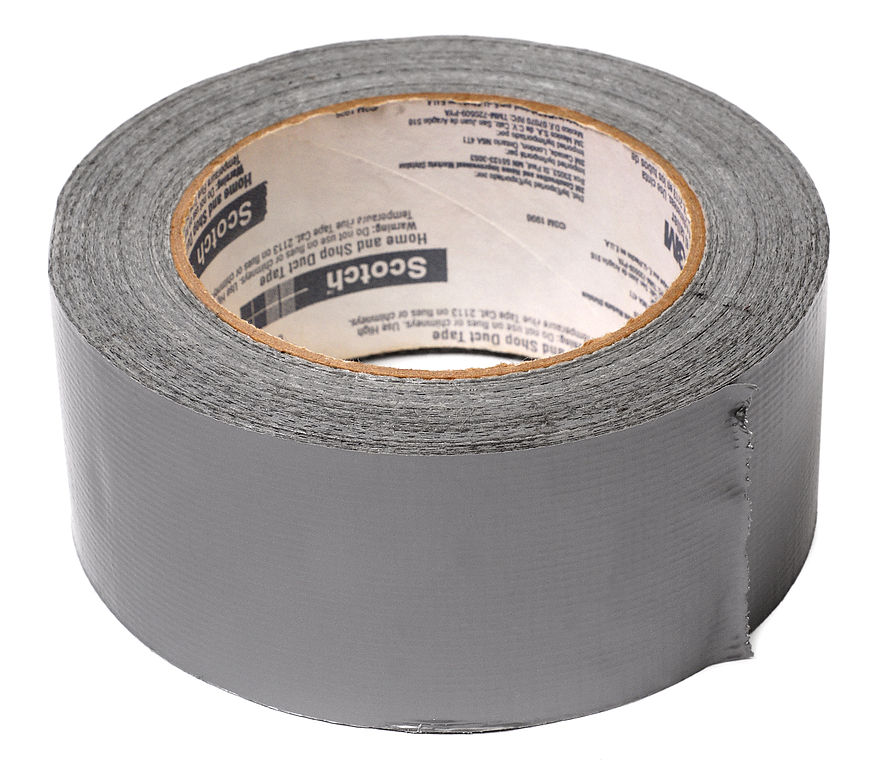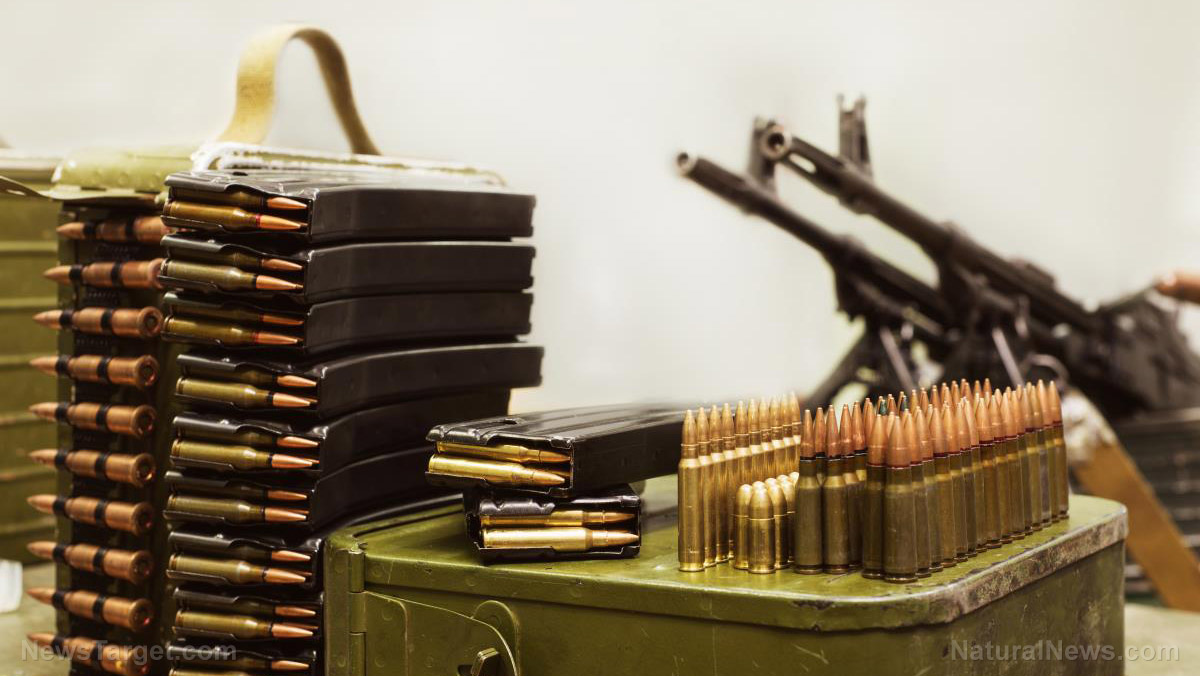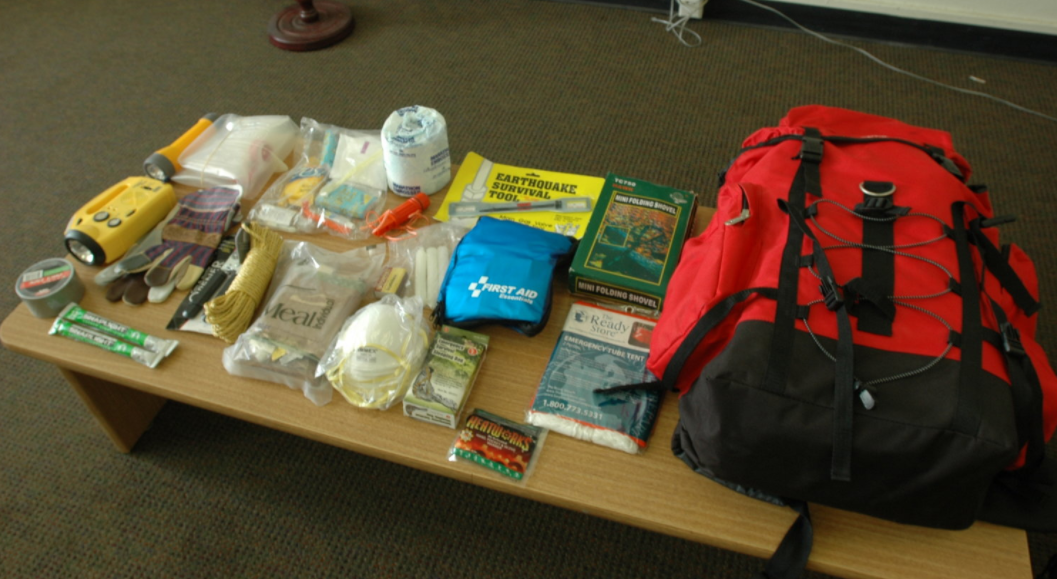The 8 common ways to preserve meat
01/01/2019 / By Michelle Simmons

One way to brush up your survival skills is to know how to properly preserve foods. You need to have enough food supply to avoid starvation during emergencies. Here are eight ways to preserve meat: (h/t to ModernSurvivalBlog.com.)
Freezing: Freezing is the most popular, and probably the easiest way to store meat. It also preserves the nutritional value and flavor of the meat. However, it may not be suitable for survival situations unless you have an alternative energy source to power the freezer if the electricity goes off. Should you use this method, freeze meat at zero degrees Fahrenheit for longest shelf life. Wrap every piece of meat in individual moisture-proof packages to prevent freezer burn and label each package with the type of meat and the date it was frozen. Consume or rotate freezer meat storage within a year as all meats slowly deteriorate in the freezer.
Home canning: Unlike freezing, canning meat does not depend on electricity for storage. It is convenient and economical and can store foods for years. Just follow proper canning recipes and procedures for safe canning. (Related: How to store meat long-term when living off-grid.)
Curing: Salt, which is the only essential ingredient for curing meat, slows spoilage by removing water out of the meat, at the same time, killing microorganisms that cause decay. You can cure meat with Kosher salt, which is a type of coarse salt that is typically made without additives. During the early times, curing meat with salt is as simple as storing slabs of meat in a barrel of salt. There are two ways of curing meat: dry curing meat and wet curing meat. In dry curing meat, salt is rubbed over the meat and it is dried. On the other hand, wet curing meat involves using a saltwater solution with 15 to 20 percent salt. Small cuts of meat are placed in this solution and are soaked for around five minutes. Then, the meat is taken out of the solution and hung out to dry. This process may take about five days.
Smoking: Before smoking, meats are typically smoked for good flavor. The smoking process, particularly cold smoking, is ideal for preserving meat in temperatures between 70 and 90 degrees Fahrenheit. It is also more easily done during cooler months and can range from one to 14 days. Smoke contains tar-like substances that are deposited on the food. These substances seal the surface, preventing air from coming in contact with the food and killing bacteria. This method is best for preserving fatty foods.
Larding: Larding is a meat preservation technique that involves laying slices of pork in a pot and pouring lard, or pork fat, over each layer, then storing it in a cold dark place. This method was used by soldiers during the Civil War as a way to preserve meat.
Dehydrating: Dehydrating involves drying meat at a relatively low temperature, around 140 to 170 degrees Fahrenheit, for an extended period of time. Dried dehydrated meat is often called as jerky. Jerky is an ideal food product for storage because it is already preserved. It can be eaten alone or be used to flavor other prepper food staples, such as soups, pasta, or beans.
Biltong: Like jerky, biltong is a type of dried meat. Biltong is traditionally marinated in a vinegar solution for a few hours. Then, the meat is taken out of the solution to prepare for flavoring. Traditionally, grape vinegar is used, but balsamic and cider vinegar may be used as well. The traditional spice mix used to flavor the meat, which includes rock salt, barbecue spice, whole coriander slightly roasted and roughly ground, black pepper, and brown sugar, is sprinkled over and rubbed in meat. After a few hours, the meat is hung in the dryer.
Pemmican: Pemmican is a nutritious, preserved food composed of a mixture of cooked, dried, and shredded buffalo meat, or fish, which is combined with melted fat. It was a recipe created by Native American Indians. Pemmican would last for over a year. To make pemmican, follow these steps:
- Dry the buffalo meat.
- Heat the dried meat over a low fire.
- Then, beat it with sticks or stones into shreds.
- Stir the melted buffalo tallow and shredded meat into the hot fat to create pemmican.
- You may add berries and dried fruit.
- Let the pemmican cool and harden.
- You can eat pemmican dry or boiled in water.
Brush up your meat storage skills at Preparedness.news.
Sources include:
Tagged Under: biltong, canning, curing, dehydrating, Food Preservation, food supply, how-to, jerky, larding, meat, meat preservation, pemmican, preparedness, prepper, prepping, preserving food, smoking, starvation, survival, survival techniques


















